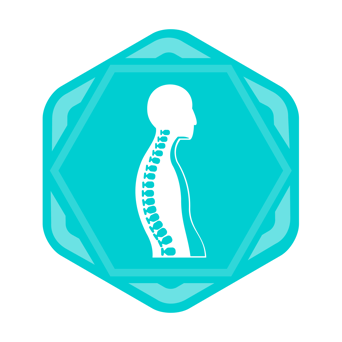Running with Osteoarthritis
"Celebrating the Stride: Running with Osteoarthritis – A Journey to Wellness"
Dr. Nhehern N. Acharya (PT)
10/5/20234 min read
OA, the most common form of arthritis, affects millions of lives, causing pain, stiffness, and limiting joint motion.
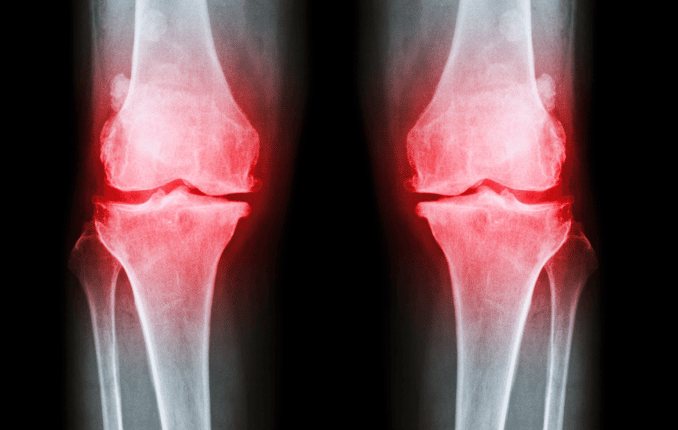

Imagine a life where every step feels like a jab of pain, where once-favorite activities become daunting challenges. Osteoarthritis (OA) threatened to rewrite one client's story, but they refused to let it define them. Instead, they embarked on a journey to discover how running could coexist with this degenerative condition, defying the odds and emerging stronger.
Symptoms of Pain?
A 2018 study by Grace H. Lo, et al. suggests that running does not necessarily worsen or increase symptoms of OA.
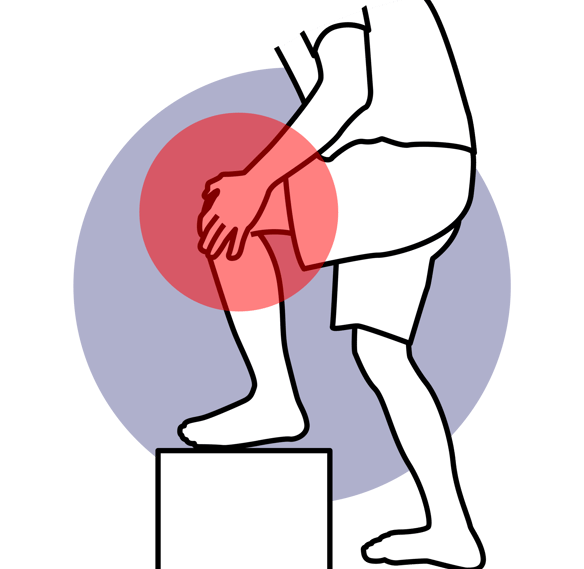

While the study acknowledged these complexities, it's important to note that individuals with OA can have varied experiences.
However, people with OA may still experience symptom flares in the knee joints due to running.
OA may also affect areas of the foot and ankle. For example, OA can affect the joint in the first toe, which can cause push-off and a person’s gait to be painful.
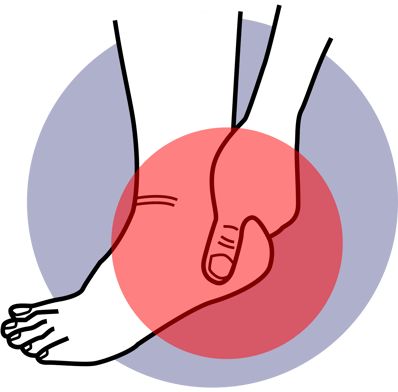

Why does OA rear its head in runners like our client?
Repetitive joint motion,
Running on hard surfaces,
Inadequate footwear,
Poor running form, and more.
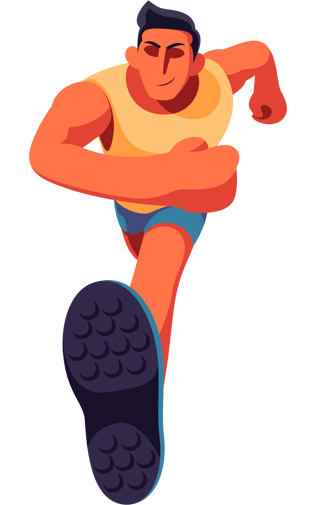

Running Safely with OA:
Our client refused to hang up their running shoes, and they were right to do so.
Running, when approached mindfully, can aid OA management. Benefits include cartilage compression, improved circulation of synovial fluid, and enhanced muscle strength and bone density.


Key guidelines for safe running
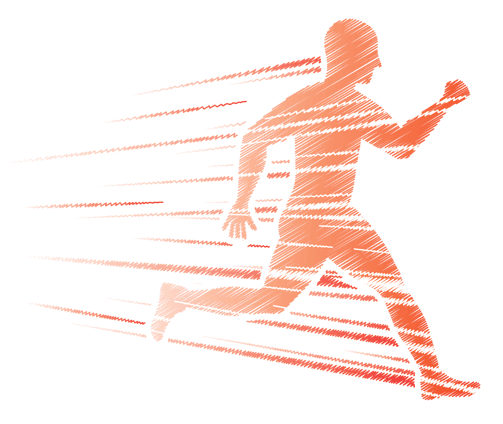

Warm-Up: Begin with a gentle walk and thorough quad, calf, IT band, and hamstring stretches.
Proper Form: Maintain a high head, relaxed jaw, neck, and shoulders, avoid leaning forward, and shorten your stride.
Foot Strike: Land midfoot to reduce joint impact.
Footwear: Opt for shoes with ample support or orthotics.
Surface Selection: Choose softer running surfaces like grass or treadmills.
Strength Training: Strengthen core muscles and those around your joints.
Cool Down: End your run with a cooldown routine to protect your joints.
When it comes to dealing with osteoarthritis (OA), it's essential to understand that there isn't a one-size-fits-all approach. Instead, effective management often involves a combination of strategies tailored to your specific needs. The primary objective is to alleviate the pain and enhance joint function, and there are various avenues to explore:
Treatment options
Medications: Over-the-counter pain relievers like nonsteroidal anti-inflammatory drugs (NSAIDs) or soothing topical creams can provide much-needed relief. These drugs help reduce pain and inflammation, making daily activities more manageable.
Prescription Medications: In cases of more severe OA, your healthcare provider may recommend prescription medications. These can include stronger NSAIDs, corticosteroids, or hyaluronic acid substitute (viscosupplement) injections. These interventions aim to ease inflammation and pain.
Surgical Interventions: For those with advanced OA and significant joint damage, surgical options like osteotomy (reshaping the bones around the joint) or knee joint replacement may be considered. However, surgery is typically a last resort when other treatments have not provided sufficient relief.
Lifestyle Modifications: Maintaining a healthy lifestyle plays a crucial role in managing OA. One key aspect is weight management; excess weight puts added stress on the joints. Engaging in regular, low-impact exercise can help improve joint function and reduce pain.
Physical Therapy: Incorporating physiotherapy into your routine can be highly beneficial. A trained physiotherapist can provide exercises and techniques to strengthen the muscles around the affected joint, improve flexibility, and enhance overall joint function.
Alternative Therapies: Some individuals find relief from OA symptoms through alternative therapies like acupuncture or herbal supplements. While these approaches may not work for everyone, they are worth discussing with your healthcare provider.
"Embracing Running with Osteoarthritis: The Closing Stride"
Our client's journey shows that even in the face of OA, running can be a companion rather than a foe. With the right approach, a supportive medical team, and unwavering determination, you can make progress toward a pain-free and fulfilling life. Let their story inspire you to lace up your running shoes and take that first step towards a brighter, more active future.
Running with Osteoarthritis, Osteoarthritis and Running, Pain Management, Running Techniques, Footwear for OA, Running Benefits, OA Progression, Strength Training, Running Surfaces, Managing Knee OA, Running Intensity, Low-Impact Running, OA Medications, Running vs. Walking, Consulting a Physician.
WORKING HOURS
Monday - Saturday 8:00 AM - 8:00 PM
Sunday 9:00 AM - 5:00 PM
ADDRESS
Kairos Physio, F3 First floor, near Basillios Gym, St. Inez Rd., St. Inez, Panjim- Goa 403001.
CONTACT
+91 7259527374
kairosphysio@gmail.com
